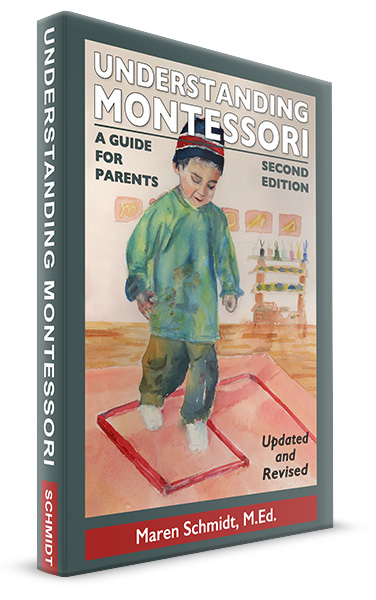
The art of a parent or a teacher is to keep a child’s environment predictable enough to feel safe, but challenging enough to be exciting.
Winston Churchill wrote, ”Human beings are of three classes: those who are toiled to death, those who are worried to death and those who are bored to death.”
So it is with our children. We run the risk of creating places for them that are full of adult-directed busy work or toil, and their personal development is misdirected. We might create circumstances that are so unpredictable that the children are constantly worried about when the next meal might be or who is going to bully them next, and therefore development is paralyzed. Children, subjected to environments that are so foreseeable that boredom pervades, become apathetic or mischievous.
In today’s world, many children seem to be on a tight schedule from the time they awaken until bedtime with school, team sports, special lessons, homework and more.
These children don’t have the luxury of time to figure out who they are or the time to dream of what they might do with their lives.
Other children are overwhelmed by their circumstances. Television news and school activities have these children despairing about global warming, carbon footprints and the world’s water supply. Or perhaps the family is in turmoil. Bedtimes vary. Mealtimes and places are inconsistent. These children don’t know who will pick them up from school or which house they will wake up in the morning. These children are caught in a whirlpool, and their development doesn’t move forward. These children are robbed of the joy in their lives.
Some children are in situations where the same routine, the same order of the day or the same schedule of 15-minute activities dulls their intellectual curiosity. Boredom disrupts development and feeds indifference or rebellion in these children.
Young children thrive on routine when we can avoid the boredom of predictability, when we can give children new experiences in intriguing doses and when we can provide activities that are based on the children’s interests versus the needs of the adults in charge.
What would an interesting and exciting daily pattern look like for a child?
The pillars of stability for a child’s daily routine are mealtimes and sleep. Bedtime and wake-up time for a child should be the same everyday within fifteen minutes. Three- to five-year-olds need between 11 to 13 hours of sleep per day. On average children ages six to twelve need 10 to 11 hours of sleep per day. Arrival and pick-up times from school or the babysitter should be the same everyday. Mealtimes should be on a reasonable schedule. Basic physical needs of food and sleep need to be on a predictable timetable to help the child feel safe and worry-free.
The time between meals and rest needs to offer an assortment of activities–indoors and outdoors–along with presentation of new skills, choices to practice new skills and do activities, as well as time to reflect and be quiet.
Imagine a place filled with purposeful activities offered to children as free-choice activities. Imagine a place built with an underlying structure of predictable times for food, sleep, arrival and departure. Imagine a place that allows our children to create what Churchill might call a fourth group of human beings: People who work for pleasure and for whom work and pleasure form an exciting and interesting pattern for life.
Imagine a place where children follow a routine of…live to love, love to learn, learn to live…ad infinitum. Imagine a routine where children thrive.


Wonderful contrast of different life contexts that present harmful dynamics. I can reflect on what mine was and take comfort in what i create for my kids’ best live-love-learn cycles. Thank you for this insightful and concise education.
Annika,
Glad you found this helpful.
Your article was very timely. The millennial parents of today were the first to be raised in these types of environments and thus continue to perpetuate these situations and environmental conditions. Thank you for so simply yet eloquently exposing our parental dilema. Thank you Dr. Montessori for providing the guidance and environments to set our children free from this spiral.
Helen,
How to meets the needs of our children in some ways never changes, and in other ways it seems so hard to figure out what to do.
Observing behavior and understanding that behavior is based on trying to meet needs can help us create strong learning environments…for children and adults.